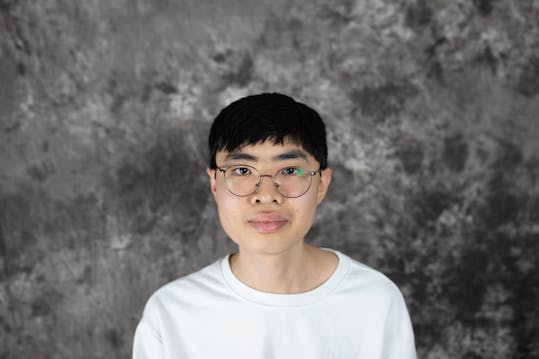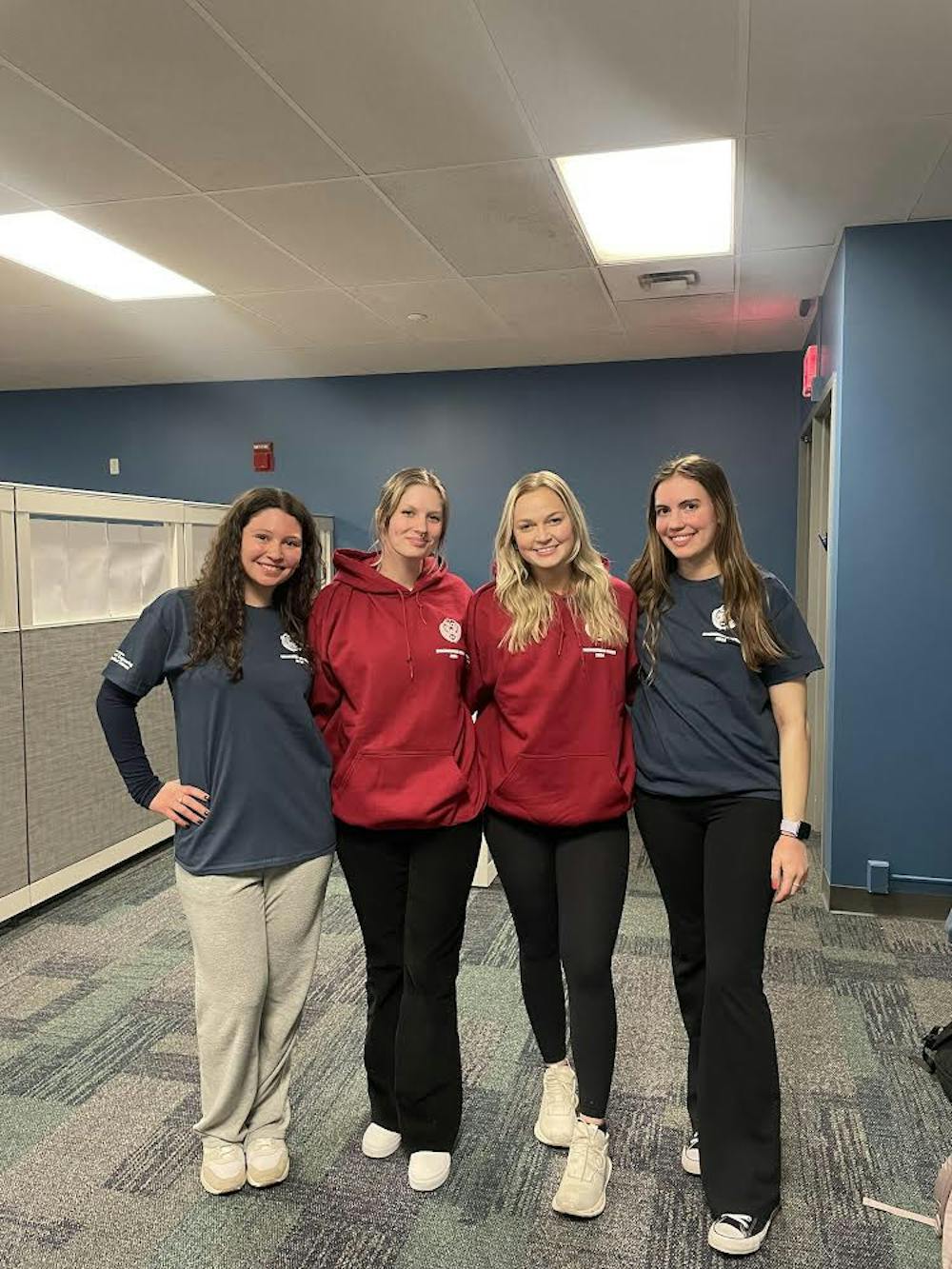Melissa Patino wanted to be an engineer since she was a child.
Growing up, she used her vivid imagination and boxes of Legos to make her own creations.
“I always had this desire for [envisioning what the creation would look like] and then making it come true,” Patino said.
Patino is now a senior biomedical engineering and business administration student and the president of UB’s Society of Women Engineers (SWE).
And as president of SWE, Patino is all too familiar with the gender disparity that exists in the engineering field.
“Being in our fields, a lot of the people we’re around look the same,” Patino said. “And for us, it is a barrier that we have to overcome.”
According to a 2022 yearly report conducted by the American Society of Engineering Education, 24.2% of undergraduates and 19.6% of tenured/tenure-track faculty in engineering nationwide were women.
In response to these statistics, Matilde Sánchez-Peña, an associate professor of engineering education at UB, was motivated to determine why the gender gaps continue to persist despite years of investment in National Science Foundation (NSF) programs.
Last July, Sánchez-Peña was awarded a $300,000 grant from the NSF to study the phenomenon in what became a three-year research project.
Sánchez-Peña is collaborating with three researchers — Corey Schimpf, an assistant professor of engineering education at UB, Juan Cruz, an assistant professor of experiential engineering education at Rowan University and Anne McAlister, an assistant professor of engineering at University of Virginia.
“We were thrilled when the proposal was awarded,” Sánchez-Peña said. “It’s a huge distinction, but certainly a good indication that the idea has potential for real impact, and we are taking that seriously.”
With her team’s research, Sánchez-Peña hopes to make engineering a more inclusive environment for all students and to change how people perceive women in engineering.
Despite being in a predominantly male field, Crystal Hess, a sophomore materials science and engineering major and treasurer of UB’s SWE, uses the underrepresentation of women in her field as motivation.
“It’s really empowering because working in any industry or even in your classes, you’re more than likely going to be the only [woman],” Hess said. “It makes you want to work even harder to prove yourself even though you know you’re capable.”
But being underrepresented has caused some aspiring women engineers to experience imposter syndrome, despite their successful achievements. For many women in engineering, doubting their place in the male-dominated field is a constant struggle.
“A lot of the time you’re put in a room with a bunch of men and you’re like, ‘It seems like I’m not supposed to belong here,’” Patino said.
During her senior year of high school, Kaitlin Deloria, a senior biomedical engineering major and outreach coordinator of UB’s SWE, encountered gender bias among her peers for wanting to major in engineering. While her male peers received praise for announcing that they would study engineering, she says her announcement was met with indifference.
After graduating high school, Deloria hoped the biases would disappear when coming into college. But she continued to see these gender biases in her higher studies.
“Even in college with my male peers in my major, I perform a lot better than them, and yet, I always have to keep proving myself,” Deloria said. “I’m still seen differently even though I’m performing the same or better, so it can be discouraging.”
The disparities are even wider for women of color in engineering. According to SWE, women of color accounted for 22.8% of bachelor’s degrees awarded to women in engineering in the 2020-21 academic year.
As a woman of color in engineering, Akosua Adu, a junior engineering science major and president of UB’s National Society of Black Engineers, faces additional barriers in the classroom. Throughout her academic career, Adu has felt isolated from the rest of her peers.
“My experience is not going to be the same as a white man or a white woman in STEM,” Adu said. “A lot of the time, I am probably the only Black girl in the class. So knowing that people around me aren’t oriented like me definitely plays an impact.”
In order to overcome these barriers, many aspiring women engineers find a sense of support and community by surrounding themselves with other women in the field.
At UB, Leah Patterson, a senior biomedical engineering and vice president of UB’s SWE, gained a positive outlook on the field after joining SWE.
“It is very important to surround yourself with people and find your group,” Patterson said. “Being in SWE and surrounding [myself] with other women in engineering is the most important thing that I’ve done in college to get me through this major.”
Jason Tsoi is an assistant features editor and can be reached at jason.tsoi@ubspectrum.com

Jason Tsoi is an assistant features editor at The Spectrum. He is an English major with a certificate in journalism. During his free time, he can be found listening to music and watching films.





